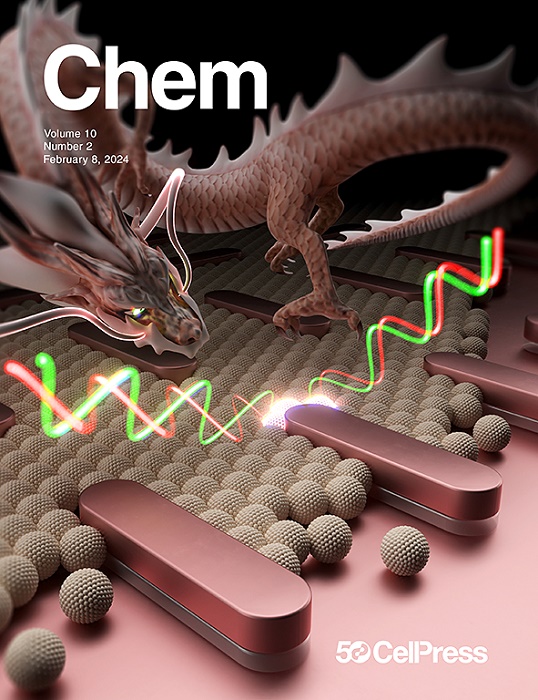A programmable modular robot for the synthesis of molecular machines
IF 19.1
1区 化学
Q1 CHEMISTRY, MULTIDISCIPLINARY
引用次数: 0
Abstract
The assembly of molecular nanomachines using atomically precise manipulations promises to enable nanotechnology with unprecedented architectural features and exquisite functional properties. However, this future is critically limited by the ability to autonomously manufacture nanomachines, with current efforts being heavily labor intensive. A system is needed to program and assemble matter under digital control, unifying molecular nanotechnology and macroscale chemical processes. Herein, we present a universal chemical robotic synthesis platform (Chemputer) that produces functional molecular machines. By integrating autonomous feedback through on-line NMR and liquid chromatography, a divergent four-step synthesis and purification of molecular rotaxane architectures are achieved. The synthetic sequence averaged 800 base steps over 60 h, affording products on an analytical scale for feasibility studies. While standardizing rotaxane synthesis enhances reliability and reproducibility, our workflow addresses two bottlenecks in autonomous synthesis: yield determination (via on-line 1H NMR) and product purification via multiple column chromatography techniques (silica gel and size exclusion).

用于合成分子机器的可编程模块化机器人
使用原子精确操作的分子纳米机器组装有望使纳米技术具有前所未有的结构特征和精致的功能特性。然而,这种未来受到自主制造纳米机器的能力的严重限制,目前的努力是高度劳动密集型的。需要一个系统来编程和组装数字控制下的物质,统一分子纳米技术和宏观尺度的化学过程。在这里,我们提出了一个通用的化学机器人合成平台(Chemputer),生产功能分子机器。通过在线核磁共振和液相色谱相结合的自主反馈,实现了分子轮烷结构的四步合成和纯化。合成序列在60小时内平均800个基本步骤,为可行性研究提供了分析规模的产品。虽然标准化轮烷合成提高了可靠性和可重复性,但我们的工作流程解决了自主合成的两个瓶颈:产率测定(通过在线1H NMR)和产品纯化通过多柱色谱技术(硅胶和尺寸排除)。
本文章由计算机程序翻译,如有差异,请以英文原文为准。
求助全文
约1分钟内获得全文
求助全文
来源期刊

Chem
Environmental Science-Environmental Chemistry
CiteScore
32.40
自引率
1.30%
发文量
281
期刊介绍:
Chem, affiliated with Cell as its sister journal, serves as a platform for groundbreaking research and illustrates how fundamental inquiries in chemistry and its related fields can contribute to addressing future global challenges. It was established in 2016, and is currently edited by Robert Eagling.
 求助内容:
求助内容: 应助结果提醒方式:
应助结果提醒方式:


